HOME > Basketball
Thanks to the Nuggets for the experience package! The Thunder will break the joint defense. The data will tell you how much they have made.
8:09pm, 23 May 2025【Basketball】
"Joint Defense" is a keyword that affects the direction of the Western Conference Finals. Can the Timberwolves drag the thunder into the mud like the Nuggets? The key is whether the Timberwolves can play as excellent joint defense as the Nuggets.
Now that the first two games of the Western Conference Finals are played, the Timberwolves are behind 0-2, losing 26 points and 15 points respectively, and their performance is disappointing. It would be fine if the Timberwolves could not break the Thunder's unique Iron Barrel Formation, but the defense also allowed the opponent to score an offensive efficiency of 120.2 points in a hundred rounds.
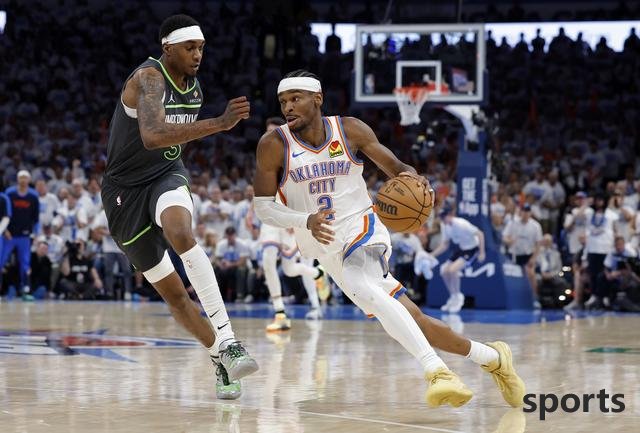
You should know that the Nuggets suppressed the Thunder's score in 113.8 points in the Western Conference semi-finals. Compared with the regular season, the Thunder's offensive efficiency dropped by 5.4 points. Aaron Gordon was injured. Before the Nuggets collapsed in the last game, the Nuggets suppressed the Thunder's 100-round score at 111.8 points in 6 games.
The root cause of this huge difference is simple: the Timberwolves' joint defense is far worse than the Nuggets. Or in other words, Thunder's ability to break the joint defense has improved too much.
In the first 6 games of the Western Conference Semi-Finals, when the Nuggets made joint defense, the Thunder made 48 of 122 shots, with a shooting percentage of 39%, a three-point shooting percentage of 31%, and a turnover of 18 times, scoring 0.91 points per round.
In the Western Conference Finals, the Timberwolves G1 used joint defense very few times. G2 used joint defense a lot, but the Thunder scored 35 points on 14 of 26 shots, shooting 53.8% of the sight.
Thunder would like to thank the Nuggets for this experience gift package. After being tempered by a high-end series, the Thunder has become more and more adapted to joint defense and found a variety of solutions. The Thunder are indeed the youngest team in the playoffs. They lack experience, but lack of experience also means that they have high plasticity and a lot of room for growth. Their growth rate in the game is really amazing.
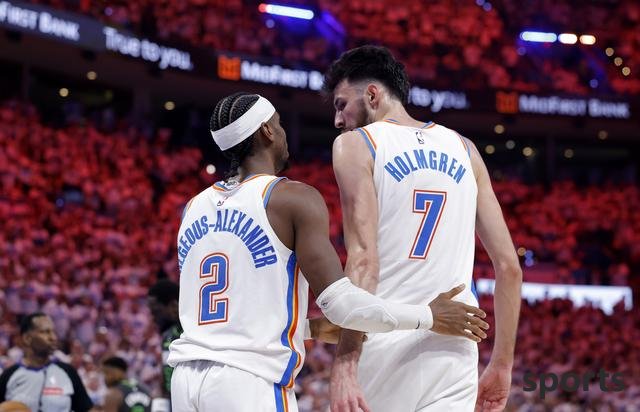
Looking back at the long river of history, joint defense was basically prohibited in the first 50 years of the birth of the NBA. Before the 2001-02 season began, the league abolished illegal defensive rules and allowed each team to use joint defense, but there were still not many teams that actually used joint defense, and people were generally used to target people. According to the paid data website Synergy, in the 2017-18 season, there were only two teams that used more than 100 team defenses.
In the past 15 years, only 2 teams have been famous for using joint defense. One team is the 2011 championship Mavericks. They played nearly 800 rounds of joint defense in the regular season. They reached the top with the help of joint defense in the playoffs, especially in the finals, facing the Heat, led by the three giants, and joint defense played an important role.
The other team is the Heat, which entered the finals twice in the Jimmy Butler era. Spoelstra has brought the team to the point of being a big hit, and more and more teams follow suit. In the 2019-20 season, the Heat used the joint defense almost twice as many times as any other team, averaging more than 12 rounds of joint defense, while the league average was only less than 5 rounds.
In the 2022-23 season, the Heat used joint defense in 19.7% of the defensive rounds in the regular season, with the highest proportion in the league. The joint defense effect is significant. When the Heat adopts joint defense, the opponent's score per attack is limited to 0.937 points. For comparison, when the Heat use man-to-man defense, the opponent scores an average of 1.009 points per attack. In the playoffs, the Heat's share of using joint defense dropped to less than 16%, still higher than all teams. When they use joint defense, the opponent scores only 0.916 points per attack, which is even better than the regular season.
Heat used the best team defense season, and they reached the finals.
"Joint defense is becoming more and more important. It can expose some of the opponent's weaknesses and change the pace and speed of the game," Warriors coach Kerr interpreted the importance of joint defense.
In addition to this, there are many benefits to joint defense. It can weaken the singles ability of the opponent's core players, destroy the opponent's established tactical execution, and test the opponent's non-star players' ball holding ability and instigation ability, as well as the ability to grasp the empty shots at pseudo-space points.
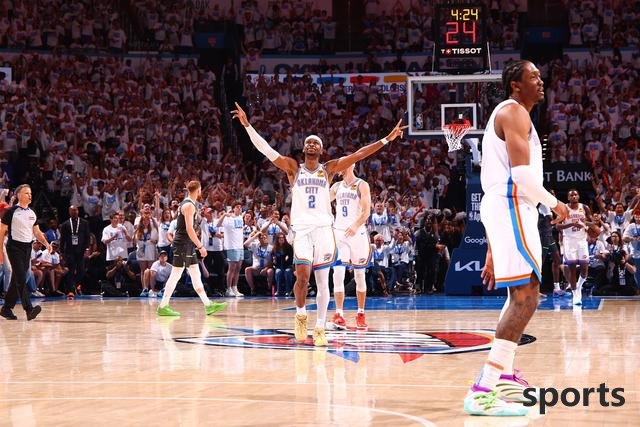
So this season's playoffs, the proportion of league defense has almost doubled compared to last season. Judging from the data, the team's 100-round scores when facing joint defense are 5 points lower than the team's defense.
Theoretically, joint defense is very suitable for targeting the Thunder. The Nuggets did do it in the first 6 games of the Western Conference semi-finals. In fact, the Nuggets are not a team that likes to use joint defense. The Nuggets' half-field defense ratio in the regular season is only 3%, and the seven games that eliminated the Clippers in the first round account are only 5%. But against the Thunder, the Nuggets' share will suddenly increase to more than 30%.
A large amount of data proved that before Gordon pulled his hamstring, the Nuggets' joint defense effect was significant -
G4, and the Nuggets suppressed the Thunder's score at 92 points, which is the lowest single-game score in the playoffs this year. In this game, the Nuggets used 55 joint defenses, and a team used the most joint defenses in the regular season and playoffs.
The Thunder scored no more than 108 points in three games this year's playoffs, all of which occurred in the series against the Nuggets. In the first 6 games of the series, the Thunder scored lower in each round when facing the joint defense than when facing the man-to-man defense.
Except for Caruso, the Thunder pseudo-shooter group was exposed. Judging from Alexander's score output and real hit rate changes, the Nuggets' joint defense has indeed limited its performance.
However, in the tiebreak battle, Gordon's injury and the entire Nuggets team reached its limit. In addition, the Thunder's own evolution, the Nuggets' joint defense completely failed. When the Thunder faced the joint defense, the team made 31 of 69 shots, with a shooting percentage of 45% and a three-point shooting percentage of 33%, and only made 6 turnovers, scoring 1 point per game, higher than the 0.91 point in the first 6 games.
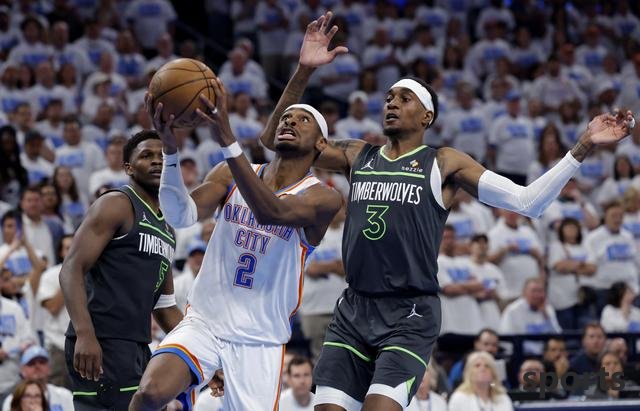
If the Timberwolves want to win the Thunder, they can copy the Nuggets' homework or use their experience in the regular season against the Thunder.
On February 25, the Timberwolves staged a 22-point reversal, defeating the Thunder through overtime. Joint defense is the magic weapon for the Timberwolves to reverse. In the last quarter and overtime, the Timberwolves used 17 joint defenses, and the Thunder scored only 7 points. The two sides fought four times in the regular season, and the Timberwolves used a total of 52 joint defenses. The Thunder scored only 0.81 points per round..
However, in the first two games of the Western Conference Finals, the difference in the effectiveness of the Timberwolves' joint defense is surprising, especially the G2.
Thunder grew too much in the fierce battle with the Nuggets. When G1 lost to the Nuggets in the second round, the Thunder had no choice but to pin their hope of breaking the defense on Haltenstein's throw. But G7, Jaylen Williams's ball holding became the key to the Thunder breaking the joint defense. In the G2 of the Western Conference Finals, the most common trick used by the Thunder to break the joint defense is that the off-ball player Alexander, who is trapped in the joint defense, will then go down the middle and hit the vacuum area of the Timberwolves' 2-3 joint defense. In the middle of the second quarter, the Thunder successfully broke the joint defense in a row. Aaron Wiggins received the ball in the middle and Caruso made a mid-range shot + throw shot in the middle to crack the joint defense.
In the last few minutes of the third quarter, the Timberwolves once again used joint defense. The Thunder combined Jaylen Williams' weak side ball breaking through and Caruso's midfield catch. They did not rely on the unreliable three-pointer, but made a mobile phone call through a large number of covers, running, and passing.
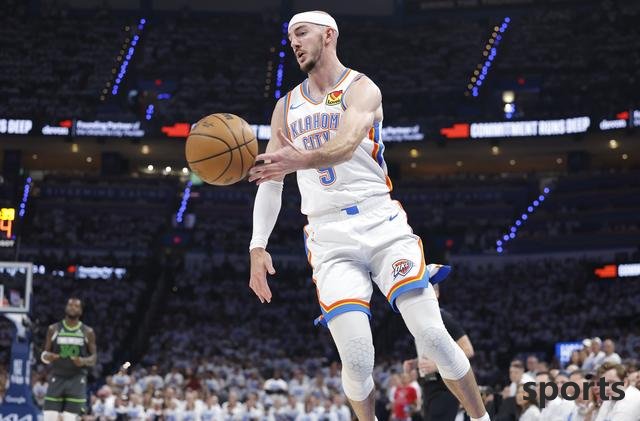
Former NBA player Anthony Toliver once interpreted how to break the defense: "Let the ball run and find an opportunity to take an open position. You have to have a basic basketball awareness, observe the situation and make judgments. If it is congested inside, you can open the space, and if it is empty inside, you can cut it."
Thunder did this. Faced with the Timberwolves' joint defense, the Thunder became more and more proficient in handling it. They trust each other, are selfless and reasonable, and can always hit the Timberwolves' pain points.
Thunder should thank the Nuggets for this whetstone. Nuggets' resilience forces the Thunder to evolve itself and gradually become a better team through hardships.
Alexander agreed: "For us, the Nuggets' joint defense was a tough problem at the beginning, but it did eventually make us stronger. We could feel the change, and by the end of the series our offense improved significantly."
Related Posts
- Curry made the wrong choice as a substitute? Hardaway Jr. has diverse offense and is more suitable for the Warriors than Hield.
- 9 people performed well, the two heroes of 2009 "fighted with gods", who was the best player on the 15th?
- Wenban Yama s latest figure! Crazy transformation!
- A flash in the pan! The regret of the first generation of white horse spear!
- European Cup sad and happy night: Four teams qualify for three consecutive victories, and Doncic still finds a victory for 39+9
- Lakers news: James creates another miracle, Doncic polishes his weaknesses, American News suggests Sohawikins
- Very dissatisfied with the progress of the negotiations. The 76ers star in the backcourt may choose to sign a qualification offer?
- Analysis of Yang Hansen s second game performance in the summer league: Pros and cons are revealed
- Harden s 81.5 million details in two years: Keep the full middle class for the Clippers and no maximum salary after leaving the Rockets
- The top 50 players in the NBA s lowest winning rate are & No. 4 pick is shortlisted, the regicide is listed, and the number one declining god is only 20%
Hot Posts
- Curry made the wrong choice as a substitute? Hardaway Jr. has diverse offense and is more suitable for the Warriors than Hield.
- 9 people performed well, the two heroes of 2009 "fighted with gods", who was the best player on the 15th?
- Wenban Yama s latest figure! Crazy transformation!
- A flash in the pan! The regret of the first generation of white horse spear!
Recommend
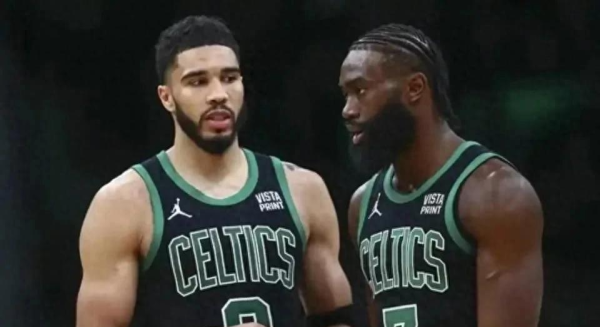
The Warriors want to chase White to be absolutely perfect, able to attack and defend, very suitable, perfect champion puzzle

First loss of the season! Wenban made 14 shots, 9 points and 6 turnovers. A terrible game: he gave in early and his 5-game winning streak was ended.

4 fouls in the half! Amen: I can’t believe some of the referee’s decisions, but I have to be more cautious.

After Westbrook left the Lakers: Clippers for 2 years for 7.8 million, Nuggets for 2 years for 6.7 million, Kings minimum salary

It is revealed that James may be absent until December! NBA executive: His body recovery speed is not as fast as before

Pursue Lao LeBron James! The Cavaliers played against the Knicks. Three players were injured and Mitchell was sleepwalking. He couldn t beat them at all.
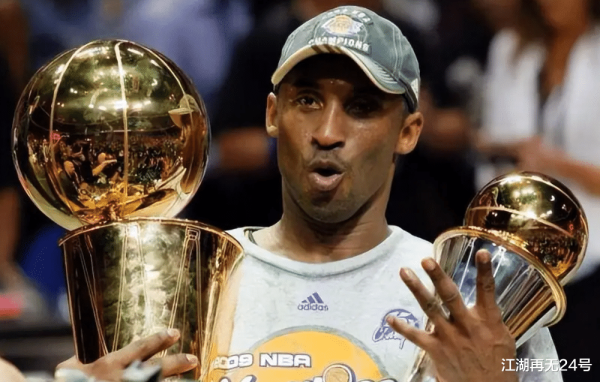
Why was the Lakers aspiring to win three consecutive championships in 2011? Nowitzki averaged 25+9 per game, what about Kobe
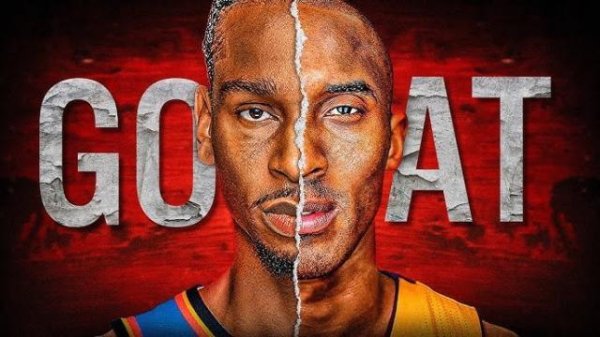
Mamba Disciple? SGA: Kobe is my favorite and can learn his moves